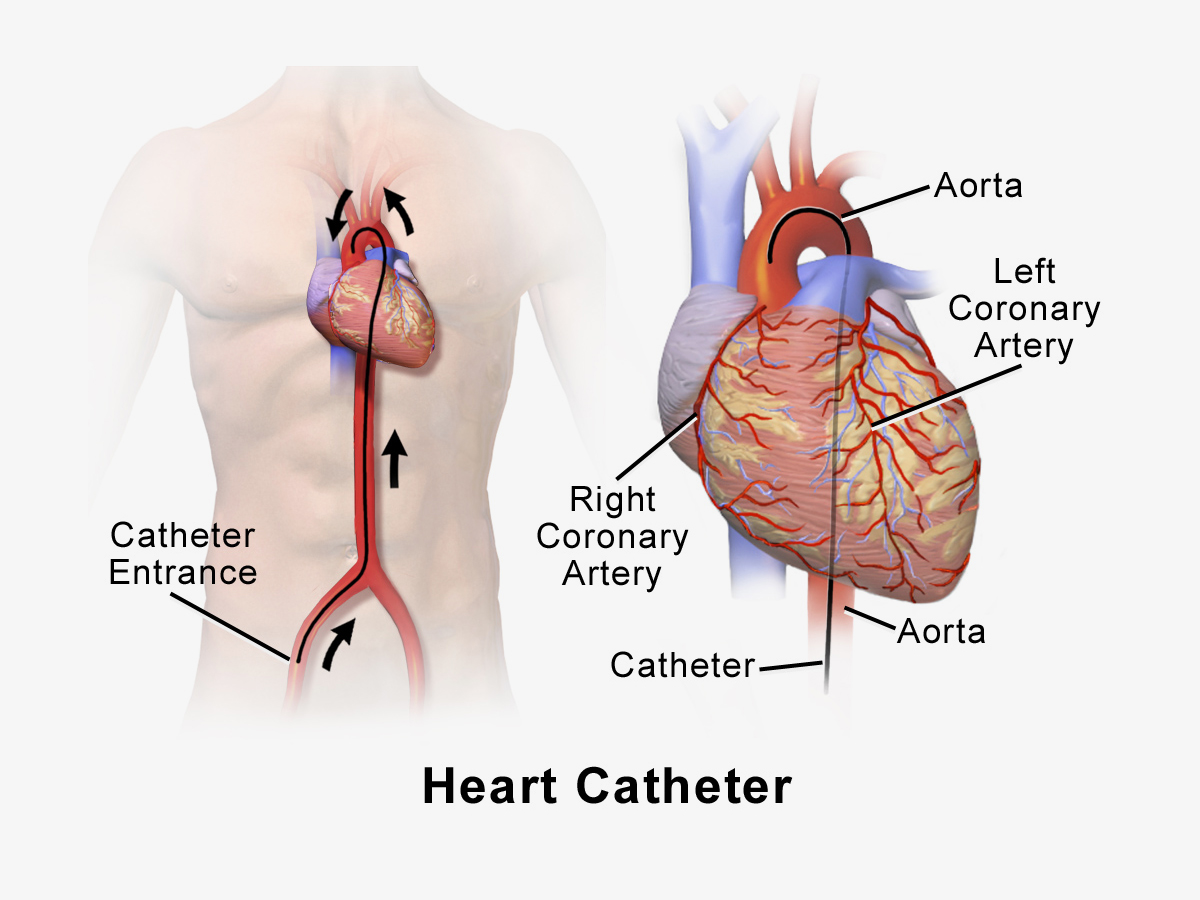A coronary angiogram is a diagnostic image, which uses dye and special X-rays to show the inside of your coronary (heart) arteries. These images are used to identify arterial narrowings that may be responsible for chest pain and future heart attacks.
An angiography is the procedure, which uses special imaging techniques to produce coronary angiograms.
To prepare for imagining, a very small tube (catheter) is inserted into a blood vessel in either the patient’s groin or arm. The tip of the tube is positioned at the beginning of the arteries supplying the heart, and a special fluid or dye is injected.
This special fluid is visible by X-ray, which details the narrowing, occlusions, and other abnormalities of specific arteries. These images obtained are called angiograms.

Why it's done?
Your doctor may recommend that you have a coronary angiogram if you have:
What are risks?
As with most procedures done on your heart and blood vessels, a coronary angiogram has some risks, such as radiation exposure from the X-rays used. Major complications are rare, though. Potential risks and complications include:

 WhatsApp us
WhatsApp us